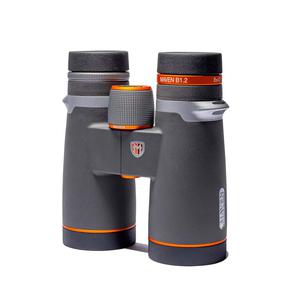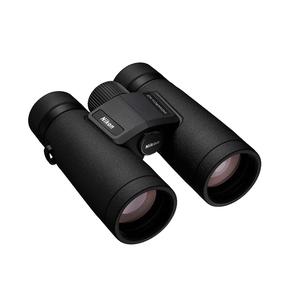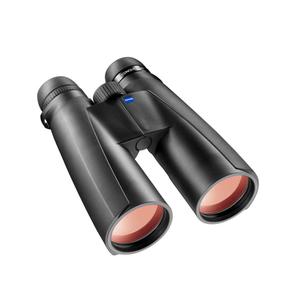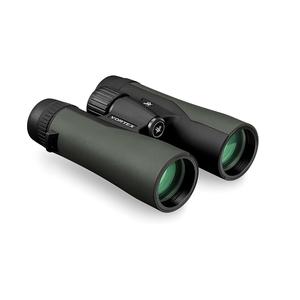Waterproof and Fogproof Features in Binoculars and Monoculars
Waterproof and fogproof optics are indispensable tools for outdoor enthusiasts, ensuring clear, sharp views in diverse weather conditions. Whether you're passionate about birdwatching, hunting, boating, or astronomy, having reliable binoculars or a monocular that can handle moisture, humidity, and temperature fluctuations is crucial.
Understanding whether your optics are genuinely waterproof and fogproof, and what the various ratings and terms imply, is key. This comprehensive article aims to demystify these aspects, guiding you to make well-informed choices when selecting your next pair of binoculars or monocular.
Short answer: Waterproof optics are designed to prevent water from entering and damaging the internal components, ensuring they remain functional in wet conditions. Fogproof optics are filled with inert gases like nitrogen or argon to prevent internal condensation, which can blur the lenses, especially during temperature changes. Both features are essential for maintaining clear visibility and durability of the optics in various environmental conditions.
- Understanding Waterproof Optics
- Fogproof Optics Explained
- Why Opt for Waterproof and Fogproof Optics?
- Types of Waterproof and Fogproof Features
- Selecting the Right Waterproof and Fogproof Optics
Understanding Waterproof Optics

"Waterproof" implies that the optics are sealed against water ingress, a critical feature to protect against lens, prism, and coating damage, which can degrade image quality and overall performance. Moisture can also cause rust, corrosion, and mold, reducing the lifespan of your optics.
The international standard IPX (Ingress Protection) rating is commonly used to test and rate waterproof optics. This rating ranges from IPX0, offering no protection, to IPX8, signifying resistance against continuous immersion. A higher IPX rating equates to greater waterproof capabilities. For instance, IPX4 denotes splash resistance from any direction, IPX6 indicates resilience against powerful water jets, and IPX7 refers to the ability to withstand immersion in water up to 1 meter for 30 minutes.
However, not all manufacturers adhere to the IPX rating system. Some use terms like "water-resistant," "weather-resistant," "rainproof," or "splash-proof," which are less specific and don't guarantee full waterproofness. Hence, it's wise to seek optics with a clear IPX rating or explicit waterproof testing details.
Fogproof Optics Explained
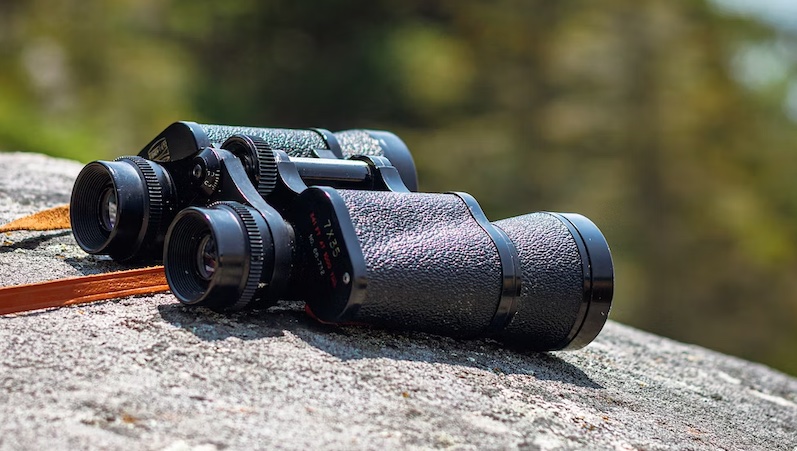
Fogproof optics are purged of air and filled with inert gases like nitrogen or argon, preventing lens fogging caused by internal condensation due to temperature changes or high humidity. This ensures consistent, clear viewing in varying climates.
These optics are often labeled as "nitrogen-purged" or "argon-purged," and some manufacturers may use a blend of gases like argon and krypton for enhanced performance and durability. Nevertheless, the effectiveness of fogproof optics hinges more on the quality of the purging process and the optic's sealing rather than the type of gas used.
Also, if you're on the hunt for some fascinating binocular models, check out our top 4 picks for the best binoculars in 2024:
- High-End Performance at Affordable Price
- Ideal for Hunting, Birding, and Wildlife Viewing
- Enhanced Low-Light Performance
- Tack-Sharp Edge-to-Edge Vision with Deep Field
- Compact and Lightweight with Improved Light Transmission
- ED Glass Lenses Minimize Distortion
- Ideal for Birding and Wildlife Observation
- Rubber-Armored, Non-Slip Grip Design
- Waterproof and Fog-Proof for Reliable Performance
- Turn-and-Slide Rubber Eyecups for Eyeglass Compatibility
- HD Lens System for Vivid Imaging
- Best for Birdwatching and Nature Observation
- LotuTec Coatings for Scratch Protection
- Conveniently Placed Focusing Wheel for Easy Use
- Perfect for Stalking Game and Rough Terrain
- Exceptional Clarity and Color Fidelity
- Resistant to Water and Fog
- Eyecups Adjustable for Eyeglass Wearers
- Secure, Non-Slip Rubber Armor
- Includes GlassPak Harness for Easy Carrying
Why Opt for Waterproof and Fogproof Optics?

These optics offer several advantages:
Reliability: They perform excellently in diverse weather, including rain, snow, fog, and humidity, without sacrificing image quality.
Durability: Resistant to rust, corrosion, and mold, these optics generally require less maintenance.
Comfort: In varying temperatures and humidity levels, they provide uninterrupted viewing without the need for frequent lens wiping or adjustments.
Types of Waterproof and Fogproof Features
Here's a table summarizing the different types of waterproof and fogproof features often found in optics like binoculars and monoculars:
| Feature Type | Description | Common Applications |
|---|---|---|
| Waterproof - IPX4 | Resistant to splashing water from any direction | Light rain, casual outdoor activities |
| Waterproof - IPX6 | Can resist high-pressure, heavy sprays of water | Boating, heavy rain environments |
| Waterproof - IPX7 | Can be submerged in water up to 1 meter for 30 minutes | Kayaking, water sports, extreme wet conditions |
| Waterproof - IPX8 | Suitable for continuous immersion in water beyond 1 meter | Professional marine use, diving |
| Fogproof - Nitrogen Purged | Filled with nitrogen gas to prevent internal fogging | Birdwatching, hunting in varying temperatures |
| Fogproof - Argon Purged | Filled with argon gas for improved thermal stability and fog prevention | High-altitude activities, astronomy |
| Fogproof - Krypton Purged | Uses krypton gas for superior fog resistance, especially in extreme weather conditions | Mountaineering, Arctic exploration |
Each type of waterproof and fogproof feature offers different levels of protection and is suited for specific activities and environmental conditions.
Selecting the Right Waterproof and Fogproof Optics

When choosing your optics, consider these key factors:
Magnification: Balance magnification with your observation purpose and conditions. For birdwatching, 8x to 10x magnification is often ideal, while higher magnifications (12x to 16x) suit hunting better. For boating, a lower magnification (7x or less) offers stability and a wider field of view.
Objective Lens Diameter: A larger objective lens enhances light gathering, improving brightness and clarity, especially in low-light conditions. However, larger lenses also mean heavier optics. Balance this with your need for portability.
Prism Type: Choose between roof and Porro prisms based on your preference. Roof prisms offer a more compact design but are typically more expensive, while Porro prisms are bulkier but more affordable.
Coatings: These enhance image quality, but more advanced coatings can increase the price. Match the coatings to your expectations and needs.
Fog-Resistant Monocular Technology: Some monoculars use gases like krypton for even better fog resistance, ideal for extreme weather conditions.
Waterproof and Fogproof Features: Conclusion
For outdoor enthusiasts seeking clear, crisp views in all weather conditions, waterproof and fogproof optics are essential. They bring reliability, durability, and comfort, along with high-quality imaging. However, not all waterproof and fogproof optics are created equal. Consider factors like magnification, lens diameter, prism type, coatings, and specialized technology when choosing the best optics for your needs.
This guide aims to provide a thorough understanding of waterproof and fogproof optics, helping you select the most suitable pair for your outdoor adventures.
You may also like:
